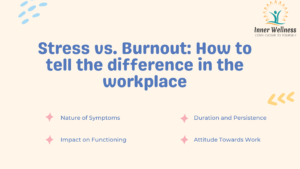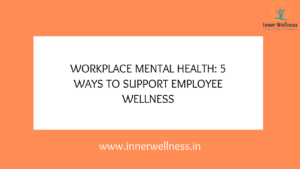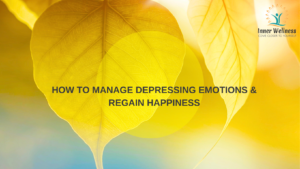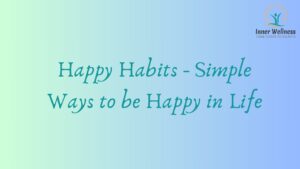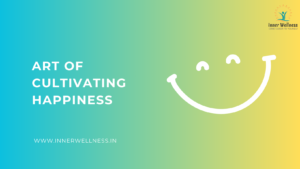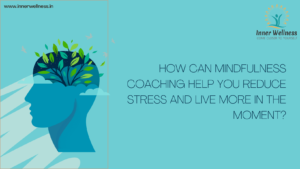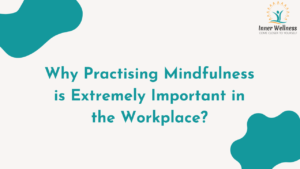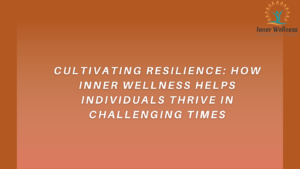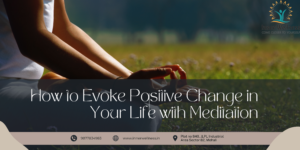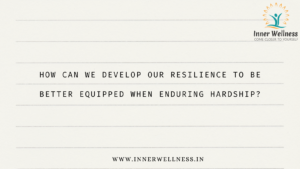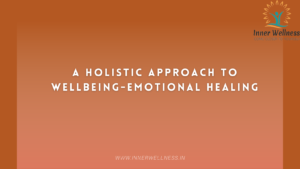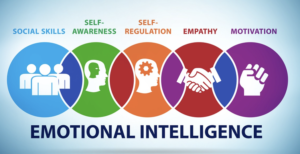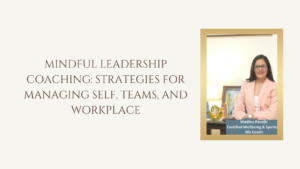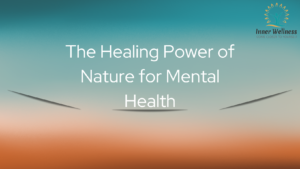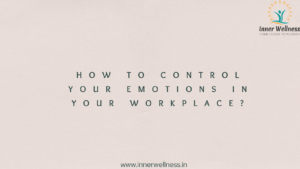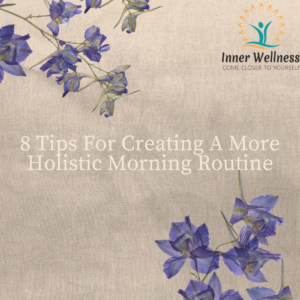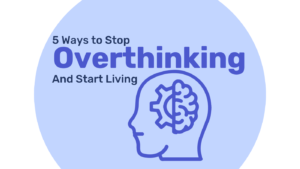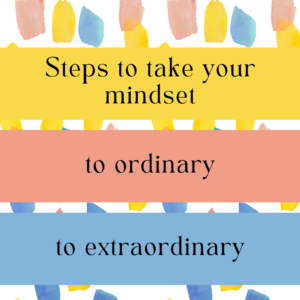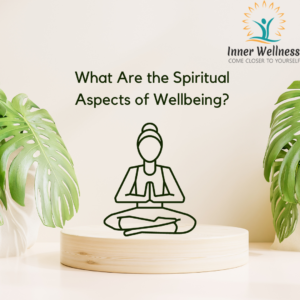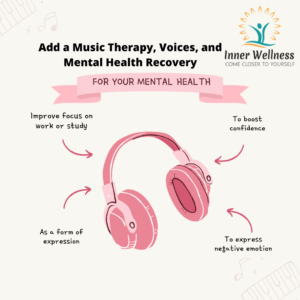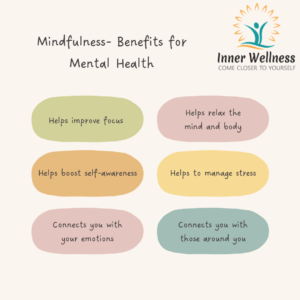Lets envision the very best of you. If you want something in life, the first step is to envision it. […]
As we count down to 2025, let’s admit it—the first month of the year is always a bit messy! Who
Few More Days to 2025: Let’s Reflect on What Truly Matters
A sleep deprived night of tossing and turning can leave you with the feeling of drained, cranky and unfocused energy.
How to Bounce Back After a Sleepless Night: 5 Mindful Tips
It’s a feeling that many know all too well, even when the world only sees the “perfect” version of us.
FIGHTING SILENT BATTLES ON YOUR OWN?
Emotional healing is a process that takes time and effort. Here are some daily tips that can contribute to your
HOW TO HEAL DEEP EMOTIONAL WOUNDS
Distinguishing between stress and burnout is crucial for effectively addressing employees’ well-being in the workplace. Stress is a natural response
Stress vs. Burnout: How to tell the difference in the workplace
Supporting employee wellness, particularly mental health, in the workplace is paramount for fostering a thriving and resilient workforce. Firstly, instituting
WORKPLACE MENTAL HEALTH: 5 WAYS TO SUPPORT EMPLOYEE WELLNESS
Chandigarh-based Madhu Pandit, founder of Inner Wellness, has become a certified happiness coach of Harvard University. Madhu Pandit holds an
Madhu Pandit becomes a certified happiness coach of Harvard University
Managing depressing emotions and regaining happiness can be a challenging journey, but it’s definitely possible with some effort and strategies.
How to Manage Depressing Emotions & Regain Happiness
Gratitude is the new magic Everyday gratitude can create wonder in your life. I am the live example of
Happy Habits – Simple Ways to be Happy in Life
WHO TAKES AWAY OUR HAPPINESS? Our feeling of pleasure is tangled with our thoughts and experiences. It is brought on
Art of Cultivating Happiness
पीएचडीसीसीआई के महिला विंग का गठन, महिला उद्यमियों के उत्पादों को मिलेगी अंतरराष्ट्रीय मार्केट खबर खास, चंडीगढ़: महिलाओं को आत्मनिर्भर बनाने
महिलाओं को उद्योग जगत में नई पहचान देगा शी-फोरम
ਚੰਡੀਗੜ੍ਹ। ਔਰਤਾਂ ਨੂੰ ਸਵੈ-ਨਿਰਭਰ ਬਣਾਉਣ ਅਤੇ ਮਹਿਲਾ ਉੱਦਮੀਆਂ ਨੂੰ ਵਧੀਆ ਪਲੇਟਫਾਰਮ ਪ੍ਰਦਾਨ ਕਰਨ ਦੇ ਉਦੇਸ਼ ਨਾਲ ਪੀ. ਐੱਚ. ਡੀ. ਚੈਂਬਰ
ਔਰਤਾਂ ਨੂੰ ਉਦਯੋਗ ਜਗਤ ’ਚ ਨਵੀਂ ਪਛਾਣ ਦੇਵੇਗਾ ਸ਼ੀ-ਫੋਰਮ
PHDCCI established Women’s wing for entrepreneurs Products of women entrepreneurs will get international market Punjab Newsline, Chandigarh, March 10- PHD
PHDCCI established Women’s wing for entrepreneurs
A Stress Management Coach helps people irrespective of their age, gender, background, race, and profession distinctly identify and manage stress
What Does a Stress Management Coach Do?
Mindfulness coaching can be a potent tool in relieving stress and fostering a more present way of living. Mindfulness coaching
How Can Mindfulness Coaching Help You Reduce Stress and Live More in The Moment?
A life coach can be extremely instrumental in enabling people to embrace change by providing the required guidance, support, and
Embracing Change: How a Life Coach Can Help
Establishing harmonious relationships involves cultivating positive communication, mutual respect, and a supportive environment. Here are five effective ways to build
5 Ways to Create Happy, Harmonious Relationships
Cultivating a positive relationship with yourself is the most pivotal decision you can consider to improve or reconstruct your overall
Cultivating a Positive Relationship with Yourself
The strength of your soul can be profoundly revealed in various significant ways by silence. Silence can unleash your soul
Unleash Your Soul Power with the Vow of Silence
More and more professionals are promoting the practice of mindfulness at work to increase productivity and overall well-being. Incorporating the
Why Practising Mindfulness is Extremely Important in the Workplace?
It is essential for people to develop resilience if they want to not only survive but also thrive through challenging
Cultivating Resilience: How Inner Wellness Helps Individuals Thrive in Challenging Times
Embracing mindfulness in daily life can greatly contribute to inner wellness and overall well-being. Mindfulness is the practice of being
Embracing Mindfulness for Daily Living: Tips and Strategies from Inner Wellness
The growing popularity of meditation among people from varying backgrounds, stages of mental health, professions, gender, age, race, and places
How to Evoke Positive Change in Your Life with Meditation
Building the capacity to efficiently sail through the ocean of hardships and challenges is extremely crucial. Resilience, the quality to
HOW CAN WE DEVELOP OUR RESILIENCE TO BE BETTER EQUIPPED WHEN ENDURING HARDSHIP?
A holistic approach to overall wellbeing recognises the interlinking of various aspects of an individual’s life, including physical, mental, emotional, and spiritual
A Holistic Approach to Wellbeing-Emotional Healing
Walking along in the path of life with the light of emotional intelligence can help you reach a deeper understanding
Embark Yourself and Grow with Emotional Intelligence
Care must be taken when dealing with uncertainty or confusion over your career. Therefore, getting the correct advice and support
Choosing a Direction: Holistic Career Counselling & Coaching Insights
Mindful Leadership Coaching offers significant benefits for self-management, team dynamics, and the workplace. Here’s a breakdown of how it contributes
Mindful Leadership Coaching: Strategies for Managing Self, Teams, and Workplace
It can be difficult to navigate unpleasant talks in the workplace, but you can do so if you use the
Coaching Strategies to Navigate Difficult Conversations in the Workplace
Mindfulness aims to cultivate a consciousness of real-time awareness, where one deliberately observes thoughts, feelings, vibes, and the setting around
What Are Some of The Goals of Mindfulness?
Renovating your relationship requires a conscious effort on the part of both partners. Even though relationship dynamics among various couples
Renovate Your Relationship – A Manual for Women
The idea of nature’s therapeutic benefits for mental health is well-established and acknowledges the beneficial effects of nature on our
The Healing Power of Nature for Mental Health
In today’s fast-paced world, finding an optimum balance and harmony in our lives is extremely crucial to attaining overall well-being.
Holistic Yoga – “What It Is and Why It’s So Amazing?”
Clutter doesn’t have to exist in our physical environment only. A cluttered state can be “mental” as well, which can
The Five Best Ways to Declutter Your Mind
Carrying up our personal baggage of especially negative emotions such as anxiety, anger, inferiority complex, fear, sadness & insecurities to
How to Control your Emotions in Your workplace?
Who doesn’t want to establish healthy connections to improve their professional, personal & social relations? As we all know, for
How Communication and Mindfulness are interrelated?
If your mornings aren’t quite the holistic, mindful start to the day that you dream of then this is for
8 Tips For Creating A More Holistic Morning Routine
It’s so easy to let negative thoughts and emotions creep into your life and take over your mental health. That
10 THINGS TO TELL YOURSELF WHEN YOU’RE NOT DOING GREAT
Self-care is incredibly important. It’s important for your mental health. For clarity, for happiness, for physical health. And so many
10 self-care idea for bad day
The summit to beaming mental health can seem an extremely complex journey for many. There is a proven and efficient
How Can Coaching Improve Your Mental Health?
Discover Wellness by Inner Wellness session conducted with Torque Pharmaceuticals Pvt. Ltd. one of the oldest pharmaceutical company in North
Discover Wellness Program at Torque Pharmaceuticals Pvt
Did my second batch Mindful Leadership Program with Wipro Lighting of their zonal heads. Bang on program, we covered from
Mindful Leadership Program at Wipro Lighting
Discover Wellness program taken Bonn Nutrition Pvt Ltd, Ludhiana. Their leaderships are regular in the breath work and Meditation specially
Discover Wellness Program at Bonn Nutrition Pvt Ltd
Conducted a Discover Wellness Program at Trident Group India. With breathing exercises and group sharing, the intent was to help our
Discover Wellness Programs at Trident Group India
Conducting a self-analysis to check on your mental health is a form of self-care and when we want the best
How Do We Introspect Our Mental Health as The Year Comes to An End?
Prana is derived from Sanskrit translated into English in many relative terms such as “respiration”, “breath of life”, “energy” “life
What is Prana (life force Energy) Understanding Flow 5 Vayus
Overthinking can haunt anyone irrespective of place & time. It affects one’s ability to functionat home, at work, and in
How to Stop Overthinking : 5 Ways That Can Help
Having a good relationship with yourself is “self-care” & a form of “self-love” that can help you embrace your strengths,
How to Have a Good Relationship with Yourself?
The sensitivity to our physical pains differs from person to person. Moreover, it can become an aggravated reaction, depending on
How Mindfulness Can Help Reclaim the Body When Living with Pain?
1. Conscious breathing There’s no need to wait until stress rises to use breathing methods for well-being. You experience balance and
4 Mindfulness Techniques to Help You Calm Down
Transforming your mindset from ordinary to extraordinary is a crucial approach to maximizing your potential; and the key to the
Steps to take your mindset to ordinary to extraordinary
In corporate culture, the competitive environment, deadlines, the need for creativity every-single-day, out-of-the-box ideas, and the employees willing to engage
How Corporate Wellness Program Reduce Workplace Stress
The moves & decisions of leaders are watched by everyone. They are judged & evaluated by the people working under
Redefining Success through Mindful Leadership
Spirituality is deeply connected with the wellbeing of every individual. A spiritually healthy person always possesses sound mental & emotional
What Are the Spiritual Aspects of Wellbeing?
There are potential benefits music and voice therapy have on our brains. Music and Voices hold the power to change
Music Therapy, Voices, and Mental Health Recovery
Let’s bust some myths about meditation & have a clearer understanding of this concept so that we do not refrain
6 Myths & Truths of Meditation
The art of being conscious of your mental & emotional state is a smart move towards a quality life that
How Mindfulness Can Help with Managing Your Mental Health
The concept of hiring a life coach is gaining more popularity every single day among people in various professions &






